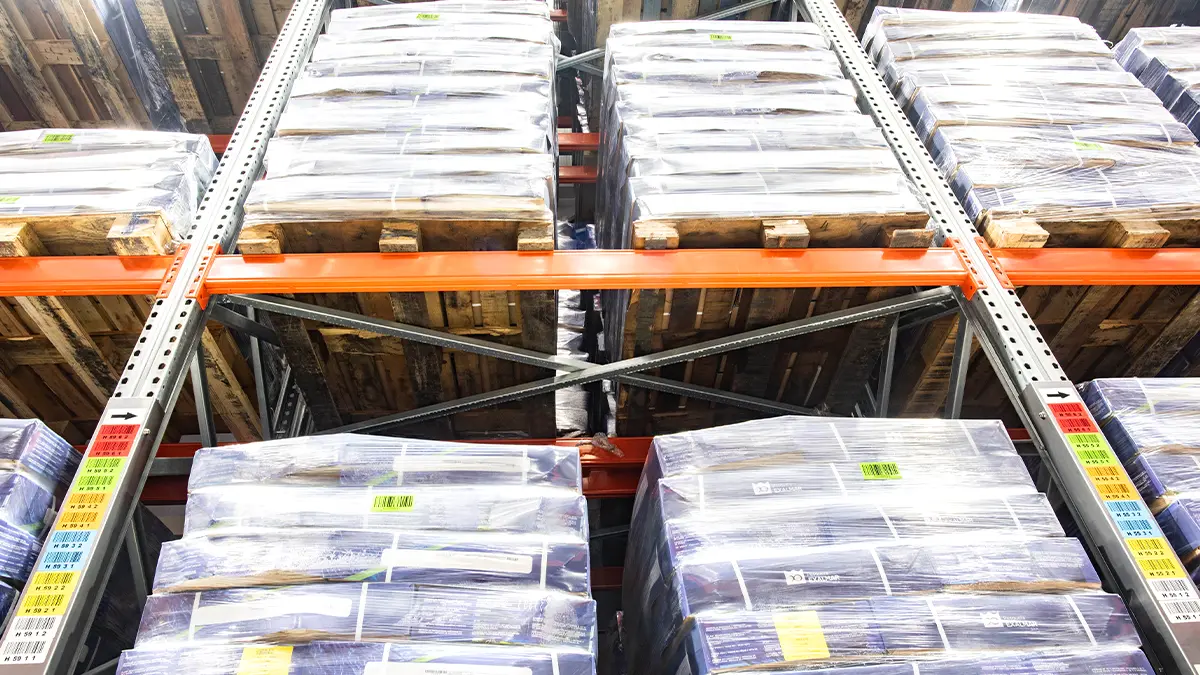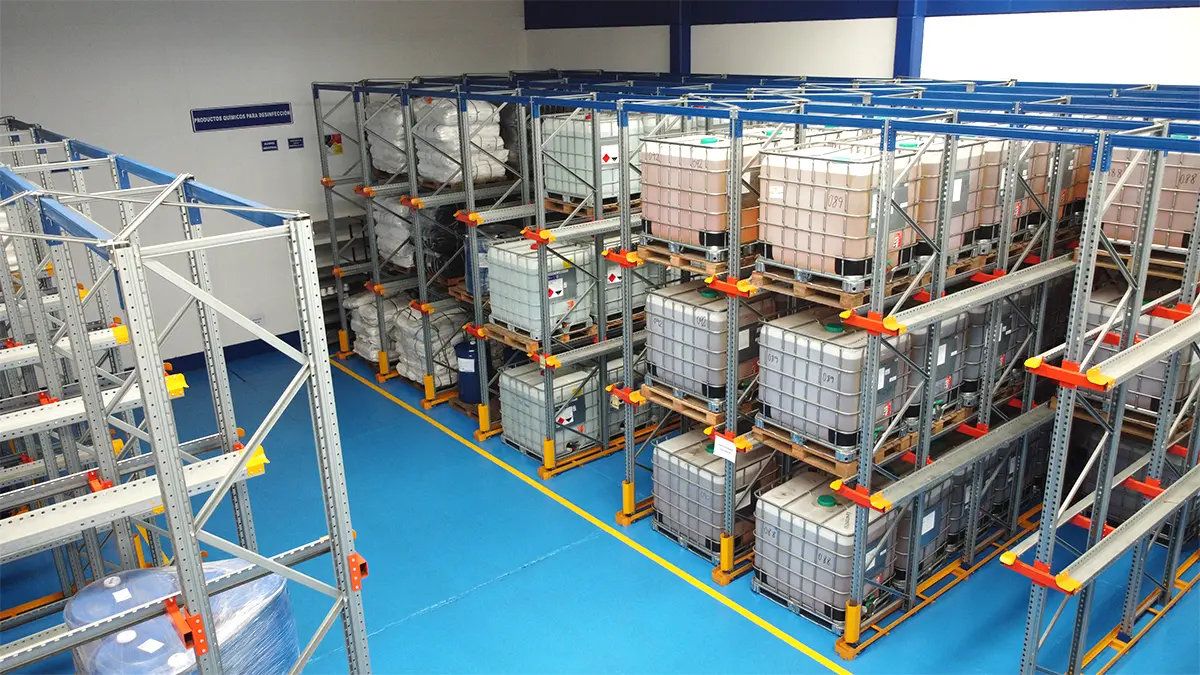During their transit through the warehouse, goods are subject to numerous logistical operations. However, many of these operations would be impossible without labelling the goods, which occurs as soon as they enter the warehouse.
This important supply chain stage involves assigning precise and unique data to the goods through a label or tag equipped with a barcode, RFID (radio frequency identification) technology, e-ink technology, etc. Labelling makes it possible to assign precise information to each item, which is important for the smooth operation of the warehouse and therefore the company in general.
Let's begin by explaining the different types of labels in warehouses.
The different types of labels
Barcode label
Identification of goods with a barcode is the most widely used method to label goods in warehouses. This simple and effective solution consists of sticking a self-adhesive label with a barcode on the packaging of the goods or directly on the goods themselves. The barcode simply needs to be read with a suitable scanner to be able to access the information about the goods.
There are different types of barcodes:
- 1D barcodes consist of bars and numbers. They can store a small amount of data and can be quickly read by all kinds of barcode readers, even from a distance. They are an effective and simple solution for companies that do not need to access a large amount of information. However, care must be taken to ensure their surface does not degrade, otherwise they will no longer be legible and this information will not be accessible.

- 2D barcodes consist of squares and other geometric shapes. It is a more advanced labelling system than 1D barcodes and can store far more information. In addition to letters and numbers, they can contain images, links, etc. They are an ideal solution for companies that need to access a large amount of information in a small space. Likewise, their surface can become partially degraded but without stopping them from working, thanks to their error correction function. However, they require an investment in 2D-compatible barcode readers, which are more expensive than the 1D versions.

RFID tag
It is also possible to use labels equipped with RFID technology known as RFID tags, to label goods in your warehouse.
Using an RFID reader, the operator sends a radio signal to the RFID tag and it will pick up this signal with its antenna, which will respond with another radio signal, providing the data contained in the tag’s RFID chip.
This technology offers several advantages:
- It can transmit a large amount of information, greater than that of 1D and 2D barcodes.
- This can be done at a distance, from about 25 centimetres for proximity readers to about ten metres for long-range readers.
- It can be used without visual contact with the tag.
- Depending on the RFID chip in the tag, the data can be changed, so the same RFID tag can be reused multiple times.
- They allow you to track the goods.
- They can be combined with Warehouse Management System (WMS) software to create a perpetual inventory system. Here is our article for more information about this innovative way of managing stocks.
However, RFID tags are more expensive to acquire than barcode labels and must be used with the right software. They therefore entail an investment which companies must consider.

E-ink
Electronic labels, also known as e-ink labels, consist of a small box equipped with a display animated by electronic ink. This type of label, already widely used in stores and supermarkets, can also be used to label goods in the warehouse.
This electronic label allows the following:
- Viewing all the information at a glance.
- It changes its display at any time and connects remotely to software to update the information it provides in real time.
- Fewer labelling errors.
- Adding of safety instructions to the label.
- Quick and simple changing of the label content.
- Multiple reuse and paper saving, which encourages green logistics, an important and growing business. We invite you to read our article on this topic to find out more!
However, the electronic label cannot provide a vast amount of information when just read at a glance, as the size of its display is limited. To increase the amount of information available, a QR code or barcode display can be programmed. These labels may also represent an excessive investment for companies, as their acquisition is far more costly than barcode labels.
There are different types labels that can be used to label goods in a warehouse. We will now explain what information about the goods can be transported.
Information provided by the labels
Depending on the different logistics requirements and the warehouse equipment, labels can provide different information about each item.
This information can include:
- The location of the goods in the warehouse, which facilitates and speeds up logistics operations, as the operator will immediately know where the product is. It also allows tracking and tracing of products.
- Dimension and weight of the goods.
- Date of arrival at the warehouse.
- Packaging date.
- Expiry date.
- Safety instructions. If you are interested in warehouse safety, we invite you to read our article on signage in warehouses for more information.
- The price of the goods.
- The composition of the goods. You can find out what is inside a box without having to open it, which saves a lot of time.
- A unique identification number assigned to each item to clearly identify it.
- Serial number.
In conclusion, the labelling of goods in the warehouse is an important part of the supply chain, as it provides numerous benefits and can boost warehouse efficiency when done properly. It is therefore important to adapt the labelling of goods to the logistics needs of each company and carefully choose the type of labels used.




